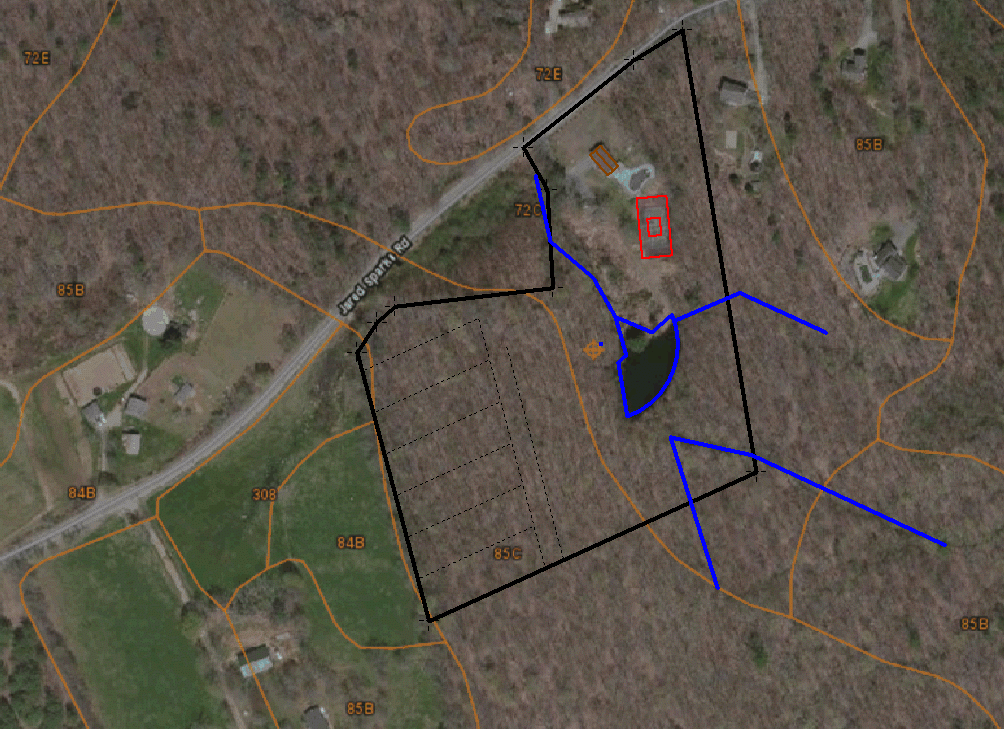
 1
1




 4
4




When you reach your lowest point, you are open to the greatest change.
-Avatar Aang
 1
1




When you reach your lowest point, you are open to the greatest change.
-Avatar Aang




 1
1




Cultivate abundance for people, plants and wildlife - Growing with Nature



 1
1




Andrew Mayflower wrote:Great advice.
Other than alfalfa and clover any advice on the grass and other grazing forage to plant?
When you reach your lowest point, you are open to the greatest change.
-Avatar Aang
 4
4








Jack Edmondson wrote:I am not a sheep guy (so far), but I am in zone 8A in north central TX., doing silvopasture. Here is what I have determined will be my fall mix. My priority will be to heal the soil and create enough organic matter to hold all the moisture I get. I don't know if you are in the rain shadow or not. If not, then water retention may not be your issue come summer; but it is certainly mine. There are a few plants in this mix that may not like wet feet. But only one or two. You can easily drop them from the schedule and/or substitute a wet hardy plant. (if I have some time tonight I will look up cool wet tolerant pasture plants.)
Legumes:
Crimson Clover, Persian Clover, Sainfoin, Wolly Pod Vetch, Spring lentils, Austrian Winter Pea. I will include Mung Bean, but am not sure your season length will give it time to mature. I think it needs 60 days. Winter does not kick in for me until Thanksgiving, so not an issue here. Frost may get yours by Halloween.
Grasses: (because they are cheap and good feed for cattle, poultry, and the soil in winter.)
Rye Grass, Winter Wheat, Elbon Rye, Black Oats, and Winter Barley.
Broadleafs:
Buckwheat, Chicory, Plaintain, Phacelia, (The last may not like the wet, and is technically a warm season plant, so may not work for you.)
Brassicas:
Bayou Kale, Forage Collards, Essex Rape. (for your sheep I would add as a substitute for anything you drop Radish, Turnips.)
This gives me a 20 way blend that will feed the biome. What I found when I planted my first run of trees was the soil was in such poor shape, it would not hold water for seedlings to thrive and the soil was compacted and poor; making the seedlings root bound when they grew past the disturbed soil of the hole they were planted. I need to condition the soil before my trees will thrive. Your soil may not be in as bad a shape since you have trees on it already. But keep in mind Alders are a pioneer species. The first to colonize disturbed soil. If your soil has issues you may want to cover crop for a season or two to renew the soil before killing a lot of expensive trees. (been there done that.)
I think you may find Dr. Christine Jones' talk interesting. The whole talk is worth a listen if you get the time, but this is the crux of it.
I have a spread sheet with the bulk prices of seeds, my ratios, etc... it is on a different computer, but can post it later if you are interested. Good luck with your project. I lived up that way for many years and loved it. It sounds like you are in the Burlington/Mt Vernon area. Beautiful country.
 5
5




 6
6




I am made out of Hawthorn Farm
HawthornFarm.org








 1
1





|
All of life is a constant education - Eleanor Roosevelt. Tiny ad:
Learn Permaculture through a little hard work
https://wheaton-labs.com/bootcamp
|






